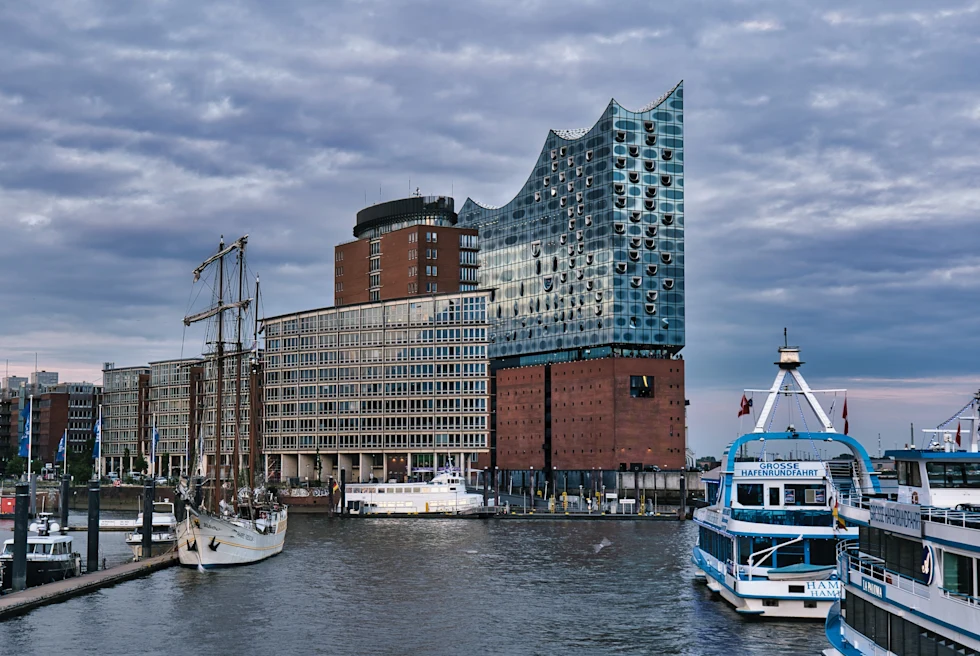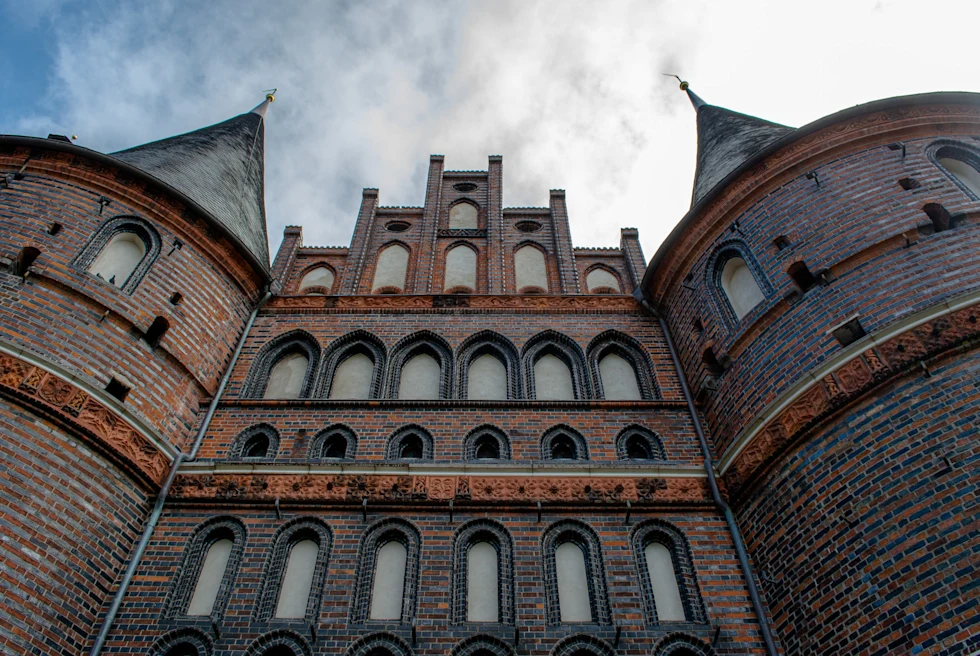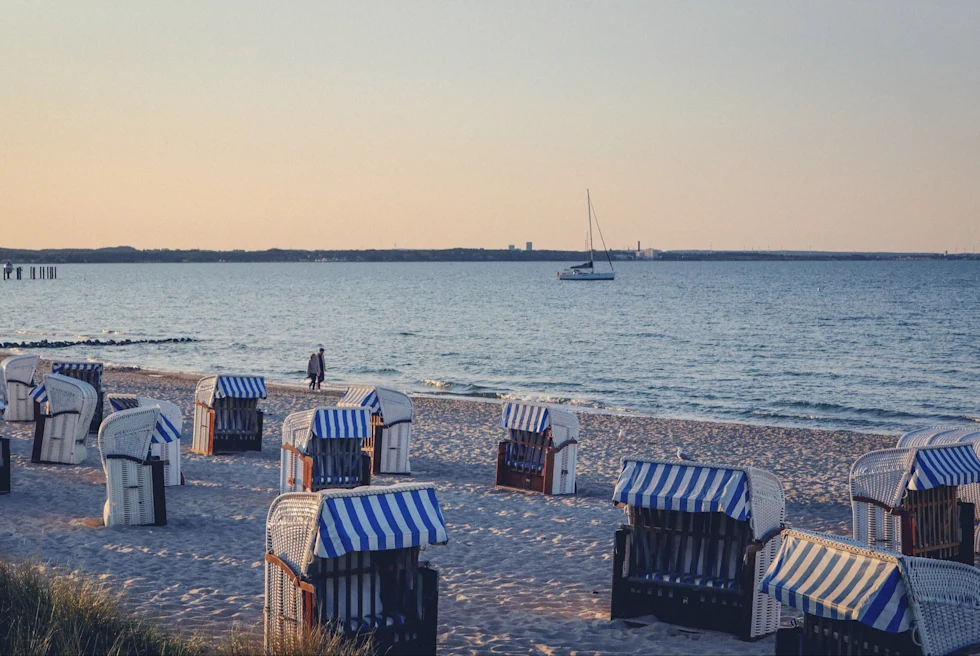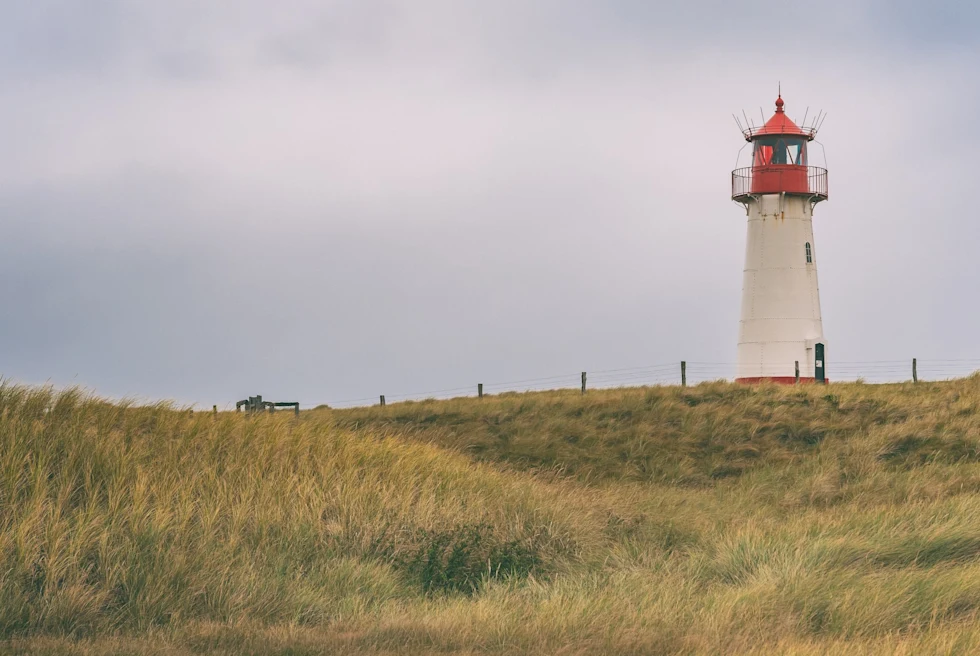Beyond the Crowds: Exploring Northern Germany's Hidden Treasures with Baltic & North Seas

Curated By
Alexis Castellano

Curator’s statement
Living in Germany has allowed me the chance to uncover the wonders of a lesser-explored area: Northern Germany, adorned with its hidden treasures nestled near and along the Baltic & North Seas. Cities such as Hamburg, Lübeck, Travemünde and Sylt embrace serenity and recount stories from history. What sets these locales apart is the joy of exploration, far removed from the bustling crowds commonly encountered in other European regions. Here, one can bask in gentle sunlight, indulge in a delightful and refreshing “Alsterwasser” (light beer mixed with Sprite) and even embark on a journey into a medieval town, all amid the splendor of the visit.
The Fora Difference
Book with Alexis to access exclusive perks and experiences on your trip.
Killer perks
Free upgrades, spa credits and more—we got you
Personalized recs
Customized travel planning for your style
Insider knowledge
Expert advice from people who’ve actually been there
Where to stay
Unlock perks by contacting Alexis to book your trip.
Day 1-3: Hamburg

Hamburg is well-regarded for its nautical heritage, brick warehouses, and cultural points such as City Hall, St. Nikolai Memorial, Alster Lakes and the striking Elbphilharmonie concert hall.
While staying here, embark on an independent expedition to the 26th floor of the Elbphilharmonie, a vantage point offering a panoramic 360-degree perspective of Hamburg. There, you can savor a cappuccino or a cocktail while gazing out over the urban expanse. A fascinating facet of this place is the chance to lengthen your stay into the evening, particularly if a vibrant musical performance takes place at the concert hall situated within this iconic structure.
Keep in mind to explore HafenCity, a place filled with potential for discovery, and enjoy the tastes of a just-caught fish delicacy—an authentic "Fischbrötchen." Additionally, don't forget to take a relaxed walk along the Alster Lakes, which will lead you to the charm of the Alster Arcades, offering high-end shopping choices. Given Hamburg's complex system of canals, the likelihood of stumbling upon a charming street café by the canal's side in this region is highly promising, and must be taken advantage of.
Day 4: Lübeck

Lübeck, a charming town steeped in history, is celebrated for its impeccably preserved medieval architecture and quaint cobblestone lanes. This is the place where you can delve into the Old Town, a designated UNESCO World Heritage Site. Within the protective embrace of the city walls, you'll encounter boutiques, cozy cafes and even an admired Marzipan landmark store with a two-century legacy.
The entry into the town is a truly idyllic experience, guiding you past the Holsten Gate (Holsentor), a prominent hallmark of Lübeck's past - constructed in the 15th century. It has since been transformed into a museum, cherished by individuals of all ages. Following your encounter with the Holsentor, a leisurely walk towards the Old Town reveals the Rathaus (Townhall) and St. Mary’s Church (one of the “seven spires of Lübeck”). During the weekend, this is where the opportunity to explore a vendor market with locally sourced foods and artisan crafts awaits. After immersing yourself in this experience, don't miss the chance to secure an EXCEPTIONAL box of marzipan from the renowned Niederegger Lübeck store—ideal for personal enjoyment or as thoughtful gifts. Amid the vivid colors and enticing aromas of the marzipan/chocolate emporium, you might find yourself utterly captivated by the diverse array of choices.
Don’t forget to unwind in the classic German fashion with "Kaffee und Kuchen" (coffee and cake) at my favorite spot: “Cafe Camino”. If you have time to spare, take an hour cruise down the water canals to get the full-scope of the city.
Fun Fact: If you are here during Christmas, the Christmas market is fun and nostalgic!
Day 5: Travemünde

Travemünde, formerly a quaint fishing village, has recently transformed into a trendy coastal resort, offering an exquisite fusion of sandy shorelines and nautical allure along the Baltic Sea. If your desire is relaxation, this is a great day escape conveniently located near Lübeck—a go-to spot for locals seeking a taste of the sea's tranquility.
Begin your leisurely stroll from the oldest German lighthouse, and embrace the promenade that allows you to overlook the Baltic Sea. Along the way, bask in the beachfront and consider indulging in a cappuccino or an Aperol Spritz at one of the numerous café options along the promenade. Be sure to set aside time to discover the Altstadt, nestled close to St. Lawrence Church, where you'll come across lovingly restored half-timbered residences and timeworn brick facades.
Take advantage of the sun's warmth and rent a "Strandkorb," a quintessential Northern German beach lounge chair tailored for two, at the Timmendorfer Strand. To cap off the day, unwind at the spirited beach bar known as "Lighthouse Lounge Travemünde," offering refreshing beverages and, on occasion, live musical performances.
Fun Fact: You can even detour and take a 9-hour ferry to Sweden from Travemünde!
Days 6-8: Sylt

Wait, did you know that Germany boasts its own islands? Indeed, it does! There are several nestled in the Baltic and North Seas, with Sylt being the most renowned. This island is famed for its pristine white beaches and dunes, often likened to The Hamptons and even being called “The German Hamptons”. As its reputation swelled in the 1960s, so did its appeal as a residential haven, drawing in the wealthiest and most distinguished Germans. What does this mean for you? A splendid high-end experience, complete with upscale resorts, Michelin-listed dining and a plethora of unique activities.
Given Sylt's distinctive shape, it's worth noting that covering everything this island offers in just three days might prove nearly impossible. Nevertheless, let's start your journey in the northern part of the island: List. Here you can venture into the dunes and visit lighthouses that provide views of Denmark. The iconic dining spot in List is “Gosch”—a nationally renowned seafood restaurant that serves up fresh oysters. After a delightful lunch, make your way to Kampen, celebrated for its striking Red Cliffs and particularly picturesque sunsets. Kampen is the hotspot for renowned clubs and restaurants, even though it might also be one of the more expensive locales.
Westerland stands as Sylt's principal city, resonating with a distinct 60’s/70’s ambiance, which still lets you embrace its coastal charm. Following your explorations here, take a moment to unwind on the beach closest to Westerland—Südwäldchen. Here, you can rent Strandkörbe chairs and savor refreshments as you soak in the atmosphere.
If you're feeling adventurous and yearn to explore beyond Sylt, consider hopping on a ferry to smaller, quieter neighboring islands such as Amrum and Föhr.

Travel Advisor
Alexis Castellano

Get in touch with Alexis
Did you like this guide? Reach out to customize and book your own experience. Or, just to chat about travel in general.
You can expect a response from Alexis within 1–2 business days. You’ll also be subscribed to our traveler newsletter (you can unsubscribe at any time).
Looking for more travel inspiration? Check out my guide, San Diego: The Ultimate Meeting Destination for Productivity and Wellness.
This guide is part of our ongoing series on travel to Germany.